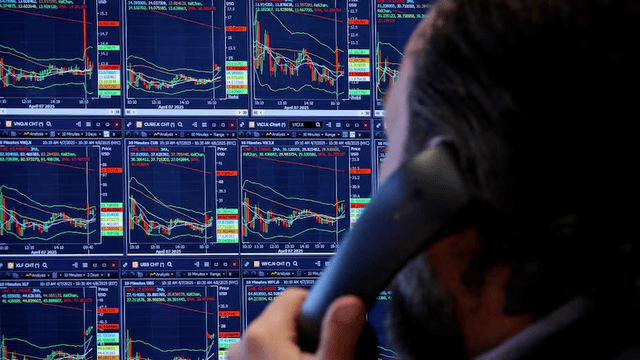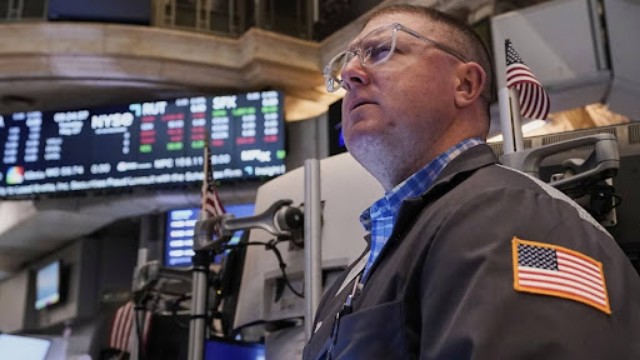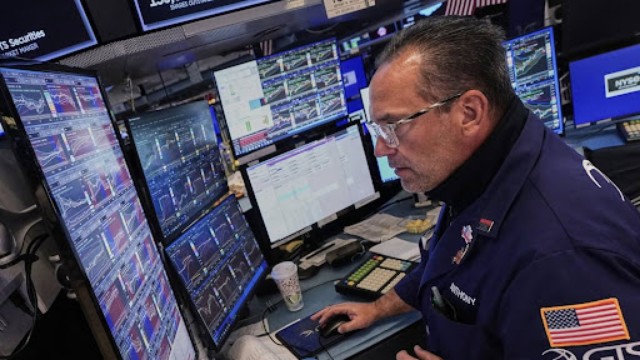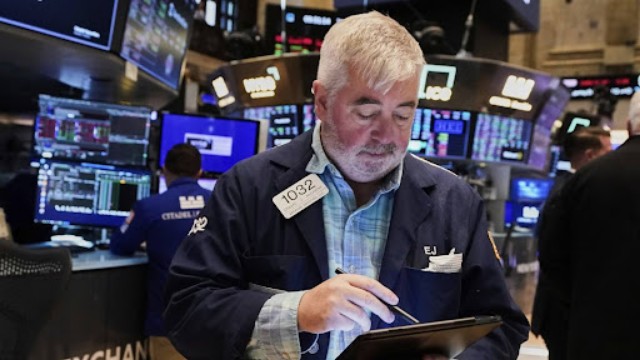
An advertisement for the cryptocurrency Bitcoin displayed on a tram, May 12, 2021, in Hong Kong. Sometime in the next few days or even hours, the “miners” who chisel bitcoins out of complex mathematics are going to take a 50% pay cut — effectively slicing new emissions of the world’s largest cryptocurrency in an event called bitcoin halving.
Bitcoin's latest "halving" event has occurred, marking a significant milestone in the world of cryptocurrency. This event, which takes place roughly every four years, slashes the rewards for Bitcoin miners by 50%, effectively reducing the production of new bitcoins. Following this highly anticipated event, the price of Bitcoin remained relatively stable at around $63,907.
Now, attention turns to the potential implications of this halving. Beyond its immediate impact on Bitcoin's price, experts are closely watching how it will affect the day-to-day operations of Bitcoin miners. However, predicting the future in the volatile world of cryptocurrency is no easy task.
So, what exactly is Bitcoin halving, and why does it matter? Halving is a programmed event designed to control the production of Bitcoin. It occurs approximately every 210,000 blocks mined, which translates to roughly every four years. When halving takes place, the reward for miners is cut in half, reducing the number of new bitcoins entering the market. This scarcity is a fundamental feature of Bitcoin, with only 21 million bitcoins ever set to exist.
The impact of halving on Bitcoin's price remains uncertain. While historical data shows mixed results immediately following previous halving events, Bitcoin's price has tended to rise significantly in the long term. However, past performance is not indicative of future results, and market conditions can change rapidly.
For miners, the halving presents challenges in maintaining profitability. With reduced rewards, miners must find ways to offset their operating costs. Some may need to increase efficiency or seek additional funding to stay afloat. Consolidation within the mining industry is also a likely outcome, as larger players with more resources are better positioned to weather the impact of halving.
Environmental concerns also come into play, as Bitcoin mining consumes significant amounts of energy. While efforts to transition to cleaner energy sources have increased, the carbon footprint of Bitcoin mining remains substantial. As production pressures mount, miners may seek out regions with lower energy costs, potentially exacerbating environmental impacts.
Overall, Bitcoin's latest halving event raises questions about its future trajectory, from price fluctuations to environmental sustainability. As the cryptocurrency landscape continues to evolve, stakeholders must grapple with these complex issues to ensure the long-term viability of Bitcoin and other digital assets.















